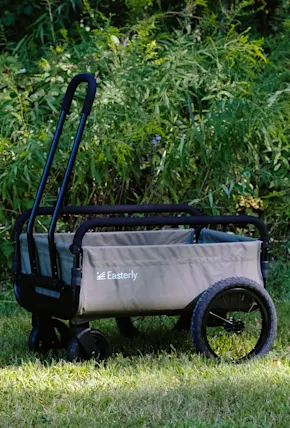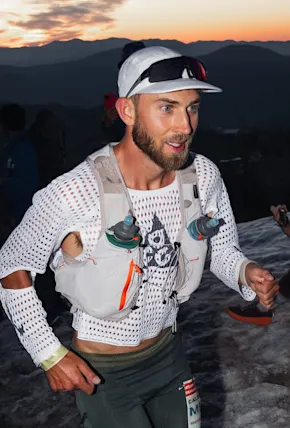Weight: 396 grams
Fill: 800-fill-power 100-percent RDS down
Pros: Mountain town uniform, very well built, trustworthy staple
Cons: While still impressively light is teetering on too heavy to be called a proper “ultralight” jacket
Price: $329
While technically not ultralight, the Patagonia Down Sweater Hoody is still an impressively light 396 grams for being such a commercially successful jacket. You have likely seen this sweater hoody everywhere, I have used one since 2009, and the enduring style can hold its own in the mountains as well as in city streets. A Down Sweater Hoody was my insulating layer of choice during my first winter backcountry skiing because of how well it packed into my pack and proved a mainstay in my kit for years before I loaned it out with it never to return.
How I tested: I tested the Cerium, the Ghost Whisperer and the Down Sweater Hoodie for years. To be clear, I did not put them in a head to head test until a month ago but I have used them to ski in the backcountry in the Siskiyou, Cascade, and Sierra mountain ranges and have taken notes all the way. I tested the newer Deploy and Mythic by wearing them on all of my late fall adventures this year like a three day camping trip on the Scott River in far Northern California. I wore each under a shell in the rain while being active, hiked in each of them on cold fall days, and wore each early morning on my camping trip to get them into the sub freezing temperature range.
SHOP NOW from Patagonia
Other great Ul down jacket options from the Field Mag gear tester community:
Weight: 96 grams
Fill: DownTek 900 Fill Power Water Repellent Goose Down
Price: $374
Z Packs is a true ultralight backpacking staple, beloved by thru-hikers. Known best for making top quality ultralight packs and shelters, the Z Packs Goose Down Jacket is also legendary for being an inconceivably light insulating layer. To put the weight (96g for size medium) into perspective, that's about the same as 20-25 almonds. Yes, this premium water repellent down jacket, that will be plenty warm to get you through a nasty shoulder season storm if placed under a quality shell, weighs as much as a snack’s worth of nuts. That's nuts (sorry).
Weight: 138 grams
Fill: 1000-fill
Price: $550
Japanese outdoor brand Montbell makes the second lightest weight ultralight jacket on this list coming in at 138-grams thanks to its 1000-fill down and skip stitch quilting pattern which minimizes seams but also mitigates cold spots.
Weight: 360 grams
Fill: 850+ Fill Power ExpeDry Responsible Down Standard Down
Price: $299
Though not nearly exactly ultralight by weight, the Katabatic Gear Tincup Down jacket is likely to be the warmest on this list thanks to its impressively high 43% fill to weight ratio. Katabatic was able to create all of that warmth-holding loft in an impressively light (for its size) 360-gram package thanks to exclusively using premium materials. It is a model of efficiency with its ExpeDry Down as the top shelf Pertex ripstop exterior.
While all of the above picks are highly commercially available, don't sleep on lesser known OG brands like Feathered Friends and the many cottage brands that can be found on reddit and Garage Grown Gear. There you will USA made gear—likely made by the very person that founded the brand, and in their own home no less—with custom options.
Frequently Asked Questions
Does washing a down jacket ruin it?
Nope! On the contrary, washing a down jacket is really important in the maintenance of down’s ability to maintain loft and keep you warm. If washed correctly, it helps keep the down feathers themselves full of loft and also keeps abrasive materials like dirt and sand off your zippers.
How do you wash a down jacket?
Check out our guide to washing a down jacket for full step-by-step instructions. It is very important to wash a down jacket specifically with a technical detergent (like Nikwax Down Wash) that was formulated to clean down in a front loading washing machine that does not have an agitator.
What is the difference between a down jacket and an ultralight down jacket?
The short answer is that the difference is a few hundred grams of weight. The way that gear makers create that weight difference is what is interesting. A non ultralight down jacket can use a lower fill power (think 600-fill as opposed to 800 - 1,000-fill) and generally more material. It also often has more comfort details like hand pockets and big old hoods or a zippered pocket. A proper ultralight hoodie will be minimalist, highly packable, and weigh next to nothing.















